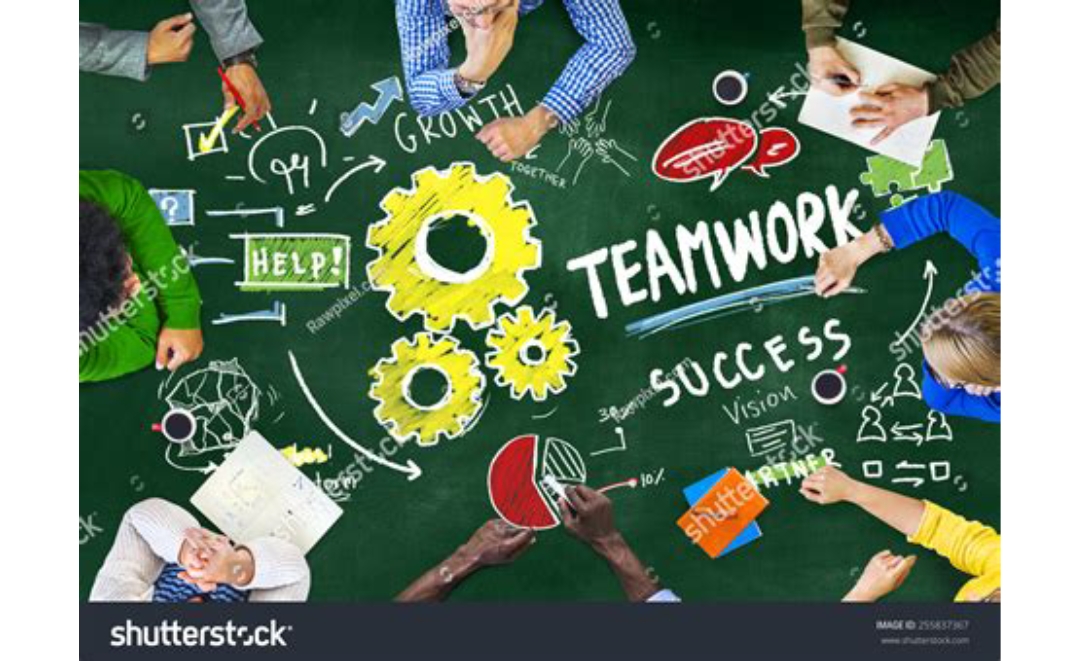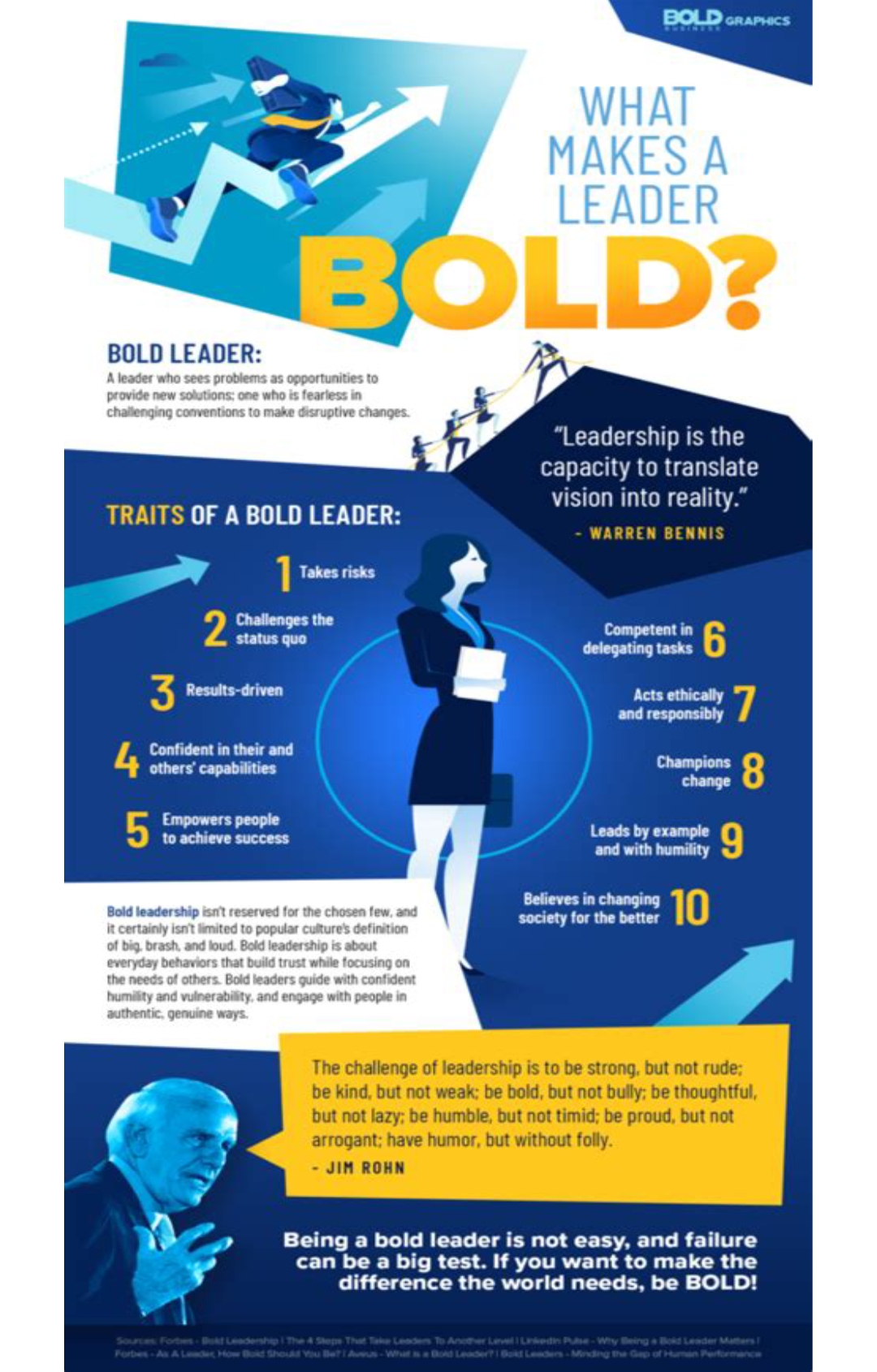By Manish Baranwal
Great products don’t happen by chance—they’re born from bold ideas, creative energy, and turning challenges into opportunities. The right approach pushes boundaries, motivates teams, and creates solutions that make a real difference. This is your moment to reimagine what’s possible and lead the way forward.
If there’s one lesson from the modern economy, it’s this: the companies that lead are the ones that listen. Not just to customers, but to the market, to competitors, and—most importantly—to their own people. It’s time to rethink how we build products, nurture talent, and integrate technology to create solutions that matter.
Why Most Market Research Misses the Mark
Businesses have more data than ever before, yet many still struggle to turn insights into action. Traditional market research methods, while useful, often fail to capture the nuances of customer behaviour. It’s no longer enough to rely on quarterly reports or retrospective surveys. Companies must shift toward real-time analytics, automated feedback loops, and dynamic consumer engagement.

The tools exist—AI-powered analytics, perceptual mapping, and automated sentiment tracking—but their value lies in how they’re used. The best companies don’t just analyse; they act. They use data to anticipate needs, refine strategies, and shape products that solve real problems before customers even articulate them.
The Real Driver of Innovation? People.
Great products don’t come from great technology alone; they come from great teams. Yet, many businesses still fail to create the conditions necessary for innovation. A well-balanced product team—comprising strategists, engineers, designers, marketers, and project managers—can make the difference between a groundbreaking launch and a forgotten idea.

The best teams operate like small, fast-moving startups, even within large organizations. They embrace agile development, iterate rapidly, and prioritize collaboration over rigid hierarchy. Crucially, they foster an environment where unconventional ideas are welcomed, not dismissed.
Customer Experience: The Most Overlooked Innovation Strategy
Too often, companies obsess over features while ignoring the single most important determinant of a product’s success: user experience. Innovation isn’t just about adding more; sometimes, it’s about refining what’s already there.

Understanding customer behaviour doesn’t require million-dollar research budgets. A mix of direct conversations, usability testing, and behavioural analytics can reveal the pain points that make or break a product. The companies that win are those that treat customer feedback not as an afterthought, but as the foundation of their development strategy.
Technology: A Tool, Not a Strategy
The race to adopt the latest tech—AI, automation, cloud computing—has never been more intense. But technology, on its own, is not a strategy. The true competitive advantage comes from how organizations integrate these tools to accelerate innovation.
Automation can streamline processes, but it can’t replace creative problem-solving. AI can generate insights, but it still requires human interpretation to make them actionable. Businesses must strike the right balance between technology and human expertise to maximize impact.
The Future Belongs to the Bold

Innovation isn’t about chasing trends—it’s about setting them. It’s about making deliberate choices to challenge norms, invest in people, and create products that don’t just meet expectations but redefine them.
The companies that will shape the future aren’t waiting for change to happen; they’re leading it. The question is—will you?




























